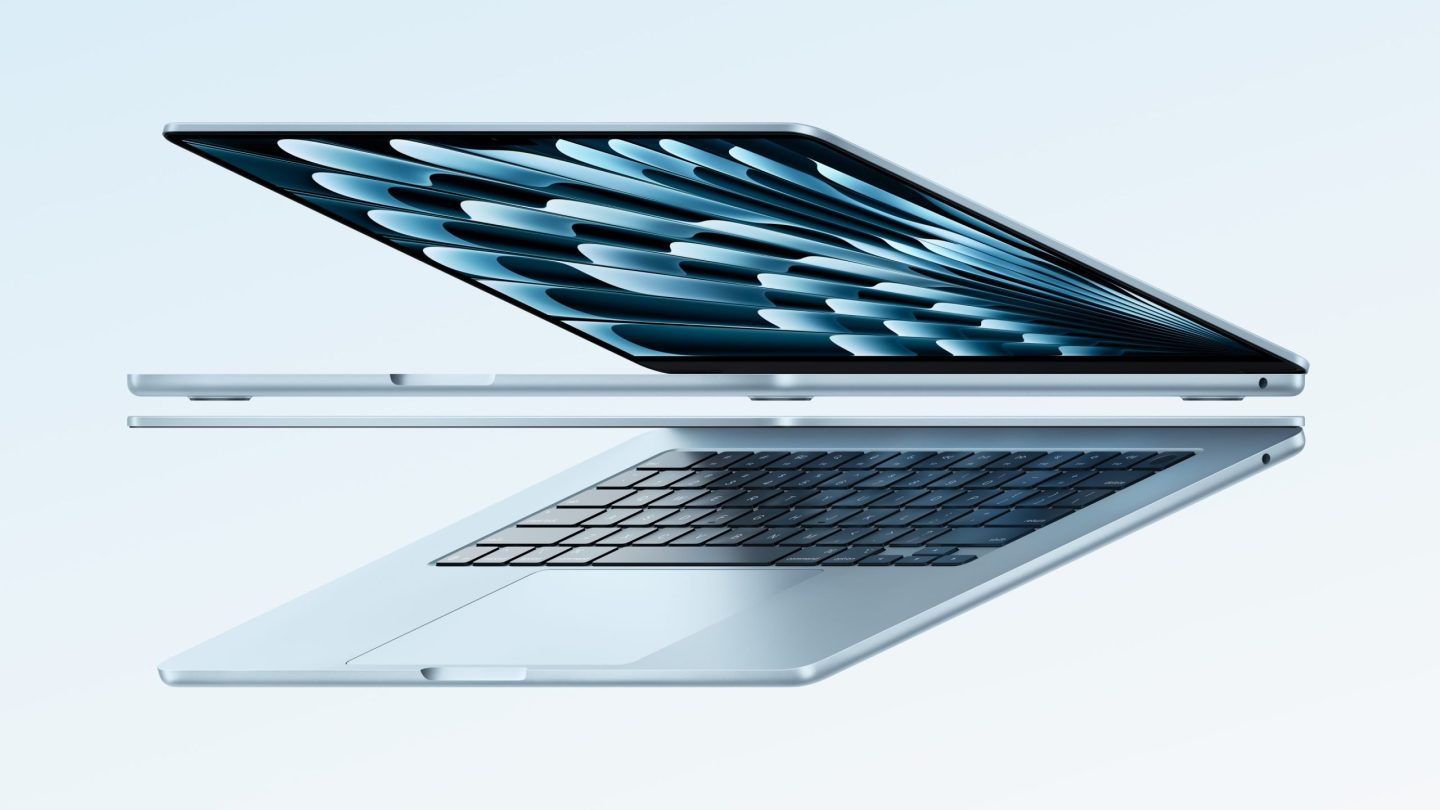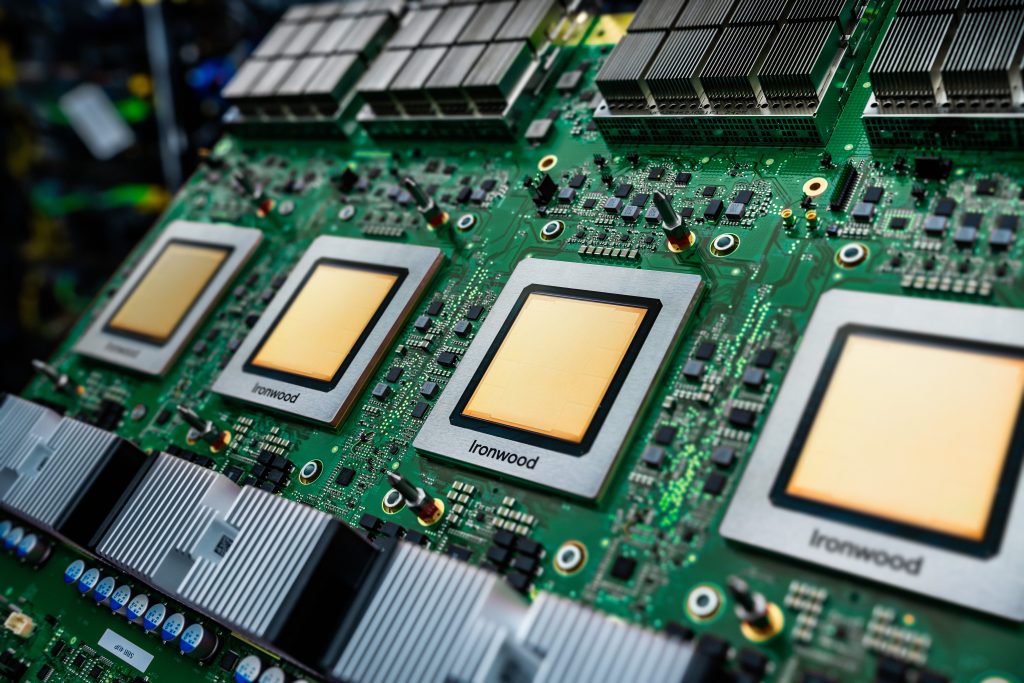- Apple updates its MacBook Air lineup with M4 processors.
- 13-inch model starts at $999.
Apple has refreshed its MacBook Air lineup for 2025, equipping the 13-inch and 15-inch models with the M4 processor.
The new laptops retain their fanless cooling design, despite the increase in processing power. In a notable change, Apple has reduced the starting prices for both models. The 13-inch MacBook Air with M4 starts at $999, the same price as the previous M2 model. The 15-inch version is priced at $1,199, down from $1,299 for last year’s release.
Alongside the MacBook Air updates, Apple has introduced a new Mac Studio, offering configurations with either an M4 Max processor or a new M3 Ultra chip. Pricing for these desktops remains unchanged, with starting costs of $1,999 and $3,999, respectively.
MacBook Air upgrades: What’s new?
Apple has kept the overall design of the MacBook Air unchanged but introduced a new colour option, Sky Blue. The Midnight (black) model now includes fingerprint-resistant anodisation, similar to the MacBook Pro. The M4 chip’s improved performance and efficiency mean the M4 MacBook Air is twice as fast as the original M1 version. However, the performance increase over the M3 models looks to be more incremental.
The M4 processor enables several capabilities, including:
- Support for two external displays while the laptop is open, compared to just one on M3 models.
- A 12-megapixel Centre Stage camera with Desk View, featuring subject tracking.
- Up to 18 hours of battery life, consistent with the M3 MacBook Air.
Base configurations now come with 16GB of unified memory, an increase from 8GB, to support Apple Intelligence features. The 13-inch model starts with a 10-core CPU and an 8-core GPU, with the option of upgrading at the time of purchase to a 10-core GPU. The 15-inch model starts with the more powerful 10-core CPU and GPU combination. Apple continues to pitch the MacBook Air as an ultraportable everyday device, while the MacBook Pro lineup remains focused on users needing higher performance and active cooling.
Mac Studio returns with M3 Ultra and M4 Max
Apple has upgraded its Mac Studio desktop to include the M4 Max processor and the new M3 Ultra chip. Both versions now support Thunderbolt 5 connectivity, which allows for data transfers of up to 120 Gbps. This enables connection to high-speed accessories, including PCIe expansion hubs and external storage solutions.
The M4 Max model keeps its 16-core CPU and 40-core GPU, with memory configurations ranging from 36GB to 128GB. According to Apple, the M4 Max has 3.5 times the performance of the M1 Max. The M3 Ultra model uses Apple’s UltraFusion interconnect to combine two M3 Max processors into a single system-on-chip (SoC), resulting in:
- A 32-core CPU (two 16-core M3 Max chips).
- An 80-core GPU, designed for intensive computing and AI applications.
- Up to 512GB of unified memory, the highest capacity available in a compact desktop workstation.
- 800GBps memory bandwidth, doubling that of the M4 Max model.
The M3 Ultra model is being positioned for AI development, machine learning, and high-performance computing, while the M4 Max configuration is aimed at content creators and professionals who require powerful GPU acceleration.
MacBook Air pricing adjustments and market positioning
The MacBook Air lineup’s price cut comes as Apple faces more competition from Windows-based ultraportables. While Apple has not revealed the actual reason for the price drop, enhancements in chip manufacturing efficiency at TSMC may have contributed to cost savings. Apple is also discontinuing the M3 MacBook Air models, leaving the M1 MacBook Air, still sold at Walmart, as the only lower-cost alternative. By offering the MacBook Air with M4 at a lower price, Apple is positioning itself more aggressively in the ultraportable laptop segment, where Windows manufacturers like Asus, HP, and Dell have introduced compelling alternatives in the sub-$1,000 range.
Apple’s strategy for AI and performance gains
Apple’s latest Mac lineup continues its push toward AI-focused computing, with the M4 MacBook Air supporting Apple Intelligence features and the M3 Ultra Mac Studio catering to developers working on AI models.
While the M4 processor offers improved graphics processing, some of its ray-tracing enhancements are absent from the M3 Ultra, which prioritises high memory capacity and parallel processing. Apple’s approach suggests that its Ultra-series chips will continue to lag one generation behind in graphics advancements due to the dual-chip architecture.








